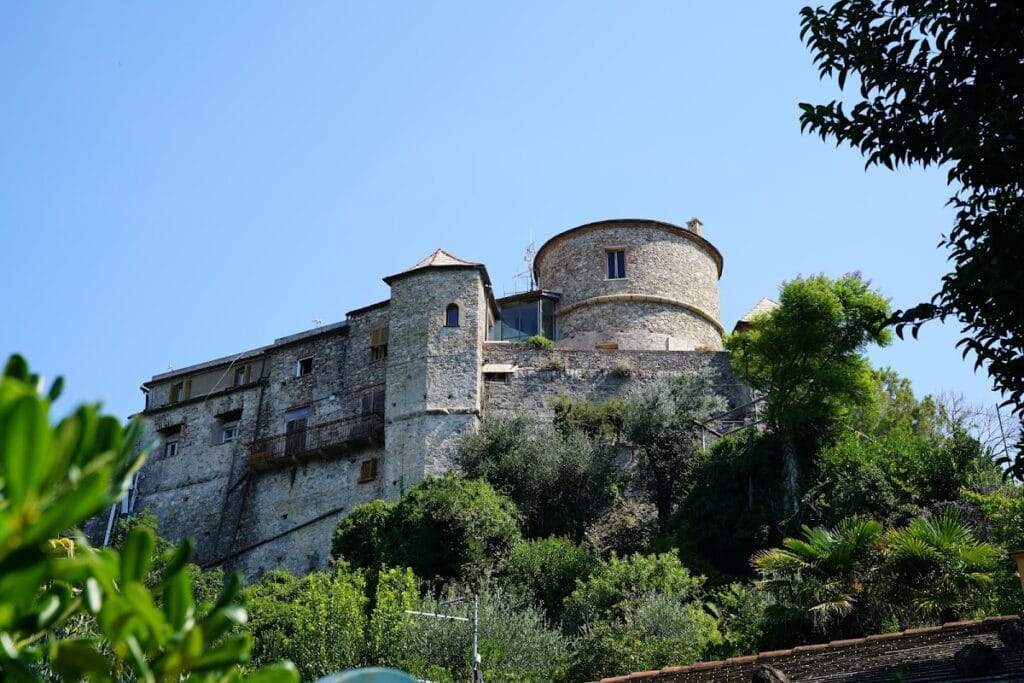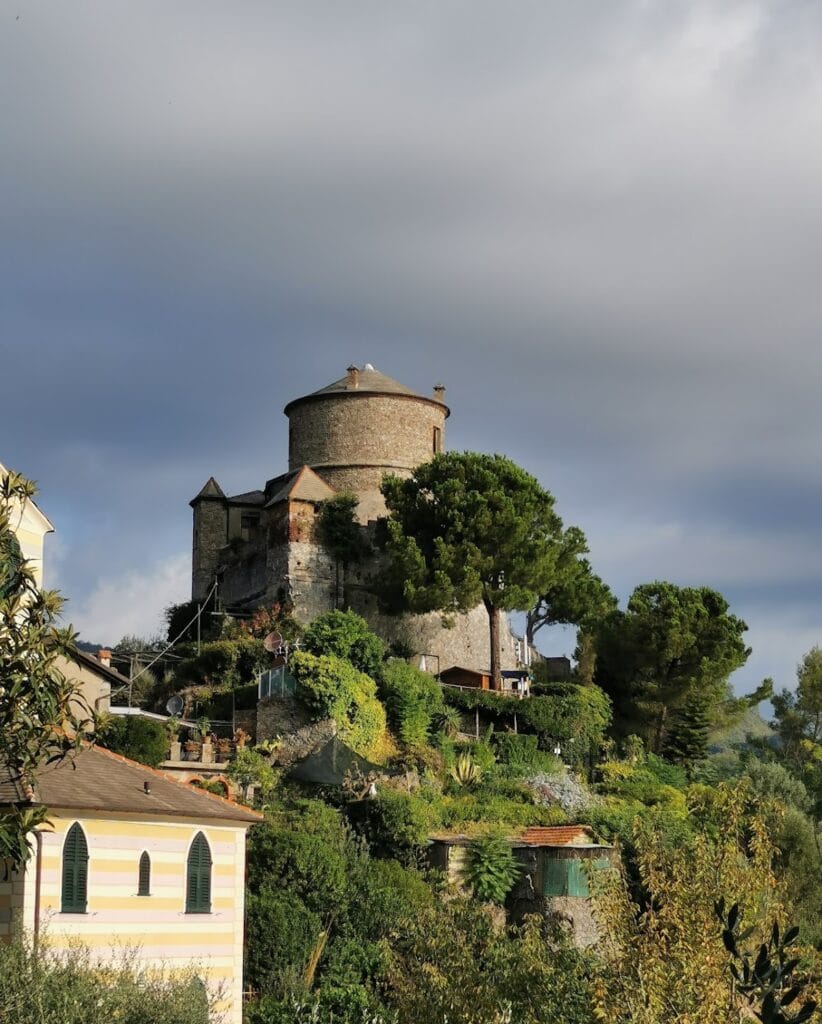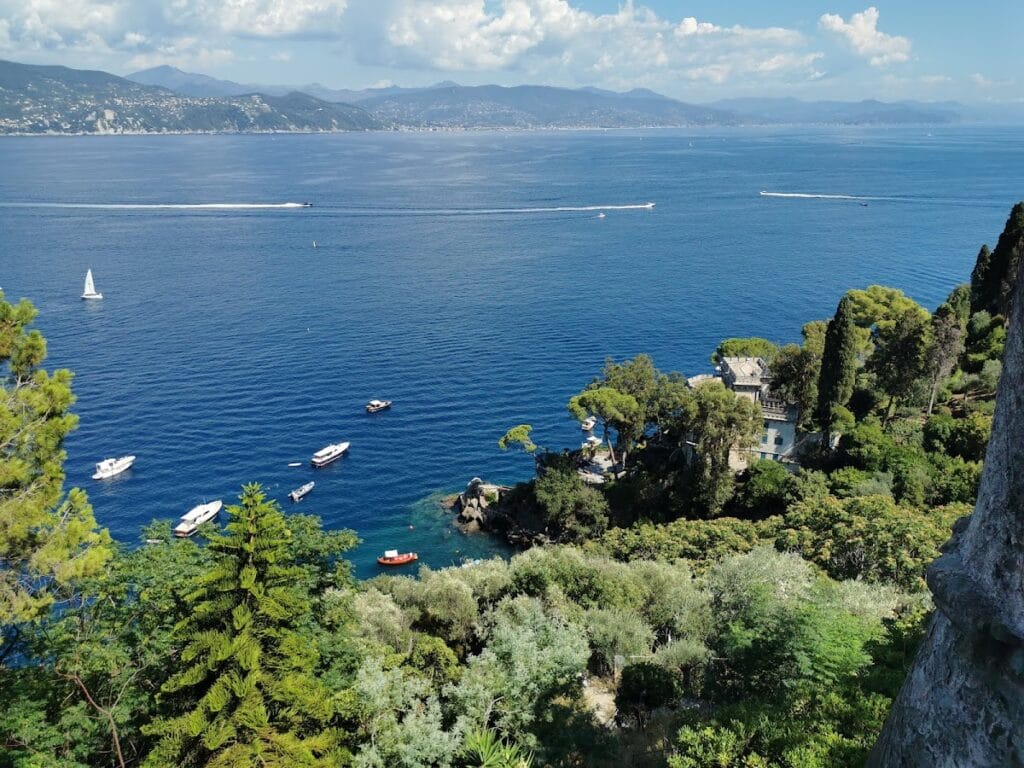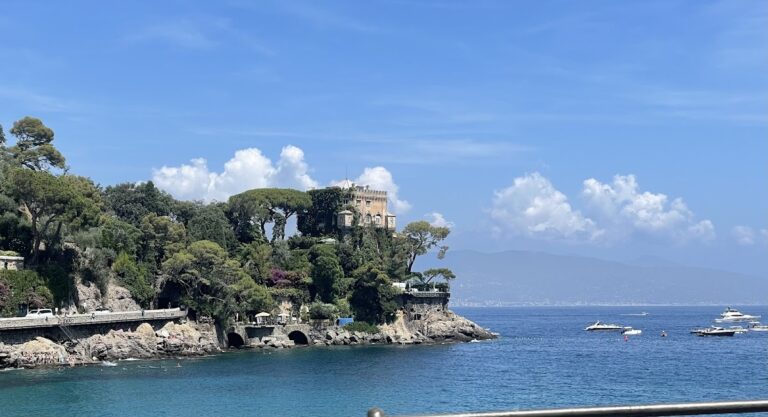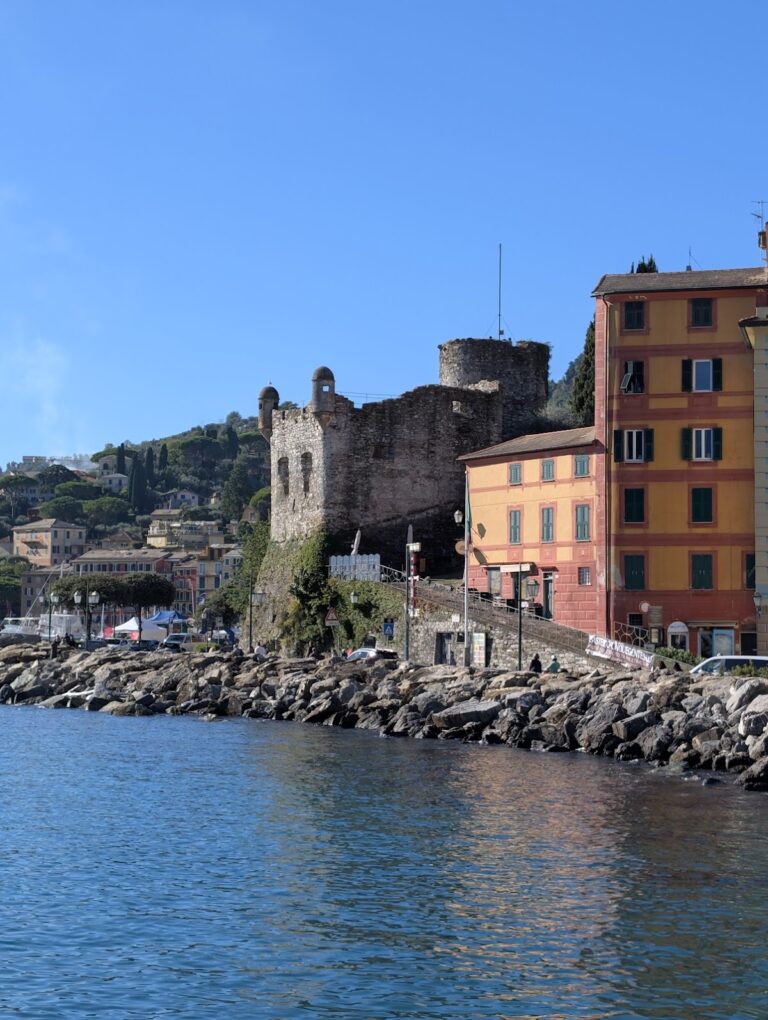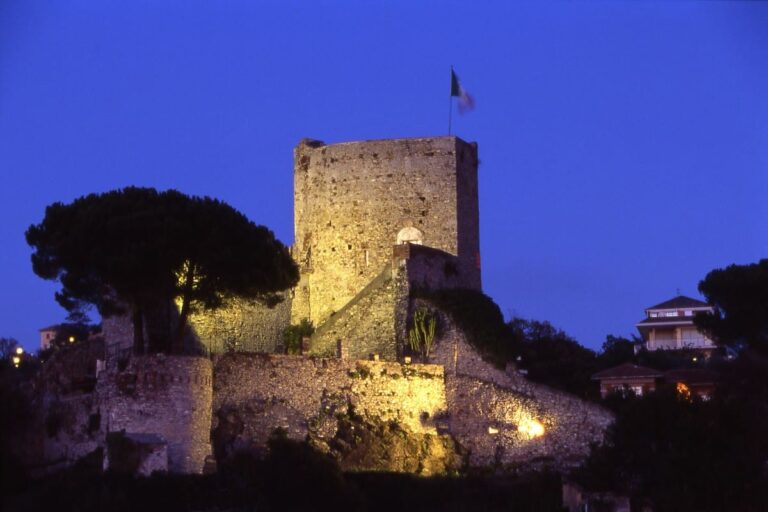Castello Brown: A Historic Fortress and Museum in Portofino, Italy
Visitor Information
Google Rating: 4.5
Popularity: Medium
Google Maps: View on Google Maps
Official Website: www.castellobrown.com
Country: Italy
Civilization: Medieval European
Remains: Military
History
Castello Brown stands on a commanding position above the harbor of Portofino, a small coastal town in present-day Italy. The site’s strategic importance dates back to Roman times, when the Romans constructed a watchtower here between the 2nd and 3rd centuries AD to observe maritime activity and protect the coastline.
During the medieval period, the fortress came under the control of various local powers. The first official record of the castle appears in 1425, when Tomaso Fregoso, a former Doge of Genoa, occupied Portofino and its fortress amid territorial disputes with the Duke of Milan. Five years later, control returned to the Republic of Genoa under Francesco Spinola. Over the centuries, Castello Brown served as a crucial defensive point for Portofino’s harbor, repelling attacks from Genoese admiral Aitone D’Oria in 1330, Venetian forces the following century, and even the British Navy in the early 19th century.
In the first half of the 16th century, military engineer Giovanni Maria Olgiati developed plans transforming the site into a full fortress. This project was largely completed by 1557, with further expansion between 1622 and 1624. The castle was equipped with artillery including bombards and cannons and functioned as one of the two main coastal fortresses safeguarding the Republic of Genoa’s maritime interests.
The fortress sustained damage in 1798 during a British assault against the Ligurian Republic, which had succeeded Genoese rule under Napoleon’s influence the previous year. Napoleon himself stationed troops in the castle and reinforced it to protect against continued British threats along the Ligurian coast. However, after the Congress of Vienna in 1815, the castle was decommissioned and formally disarmed by 1867.
That same year, Montague Yeats-Brown, the British consul in Genoa, purchased the property. He converted the former fortress into a private villa, retaining much of its military character while adapting it for residential use. During World War II, the castle was repurposed as a prison for members of the Italian Resistance.
The estate remained with the Yeats-Brown family until 1949, when John and Jocelyn Baber became its owners. The Babers undertook significant restoration work and historical research to preserve the building. In 1961, ownership passed to the municipality of Portofino. Since then, Castello Brown has been maintained as a public museum and cultural site.
Aside from its military and residential history, Castello Brown also holds a place in literature and film. It served as the setting for Elizabeth von Arnim’s 1922 novel The Enchanted April and was later a filming location for the story’s 1991 adaptation.
Remains
Castello Brown occupies a fortified position overlooking the Gulf of Tigullio, built predominantly of stone and designed to maximize defensive capabilities while commanding sweeping views of the town and harbor below. The site includes remnants of its earliest function as a Roman military outpost, with parts of a castrum—a Roman fort—and a watchtower dating from the 2nd to 4th centuries AD discovered beneath the existing structure.
The Roman fortifications were constructed using stone and typical masonry techniques of the time, serving as an early coastal lookout. This base formed the foundation upon which later medieval and Renaissance military expansions were built. Throughout the 16th century, the fortress was extended significantly toward the harbor, adding artillery platforms designed to deter pirate incursions, particularly from Saracen raiders. These additions included spaces for deploying bombards, which fired large stone cannonballs, and facilities to house the garrison.
Further enlargement between 1622 and 1624 maintained this defensive layout for well over a century. The castle’s defensive armament was upgraded periodically, notably in 1728, to keep pace with evolving military technology. During these phases, the structure incorporated fortified curtain walls, cannon batteries, and secure storage areas for firearms and melee weapons. A small tower, integral to earlier defenses, was destroyed during a British attack in 1798.
After the transition from fortress to villa under Montague Yeats-Brown’s ownership in 1867, architect Alfredo D’Andrade remodeled the castle’s interior spaces to create comfortable living quarters without fundamentally altering its external military form. The towers were heightened slightly, and the former parade ground was converted into terraced gardens where maritime pines were planted, blending the site’s martial past with cultivated elegance.
Inside, the villa was furnished in a formal English style, featuring salvaged fittings from clipper ships and displaying artworks such as a copy of a William Hogarth painting alongside works by the artist Moenis. These interior enhancements remain part of the restored complex.
Today, the castle stands as a well-preserved historic monument. Mid-20th-century restoration efforts, particularly those led by the Baber family, repaired damaged sections and conserved the original elements of the fortress. The municipality of Portofino continues maintenance to safeguard the site’s layered history, ensuring that both the Roman foundations and later architectural adaptations are preserved for future generations.

